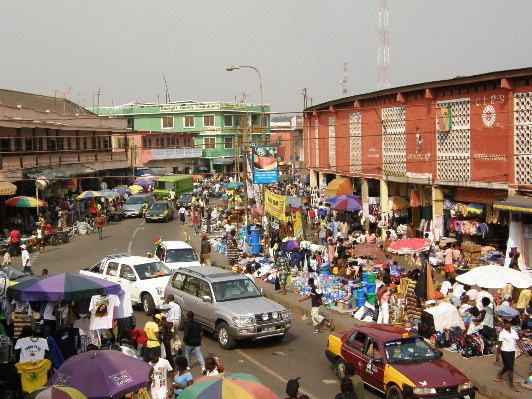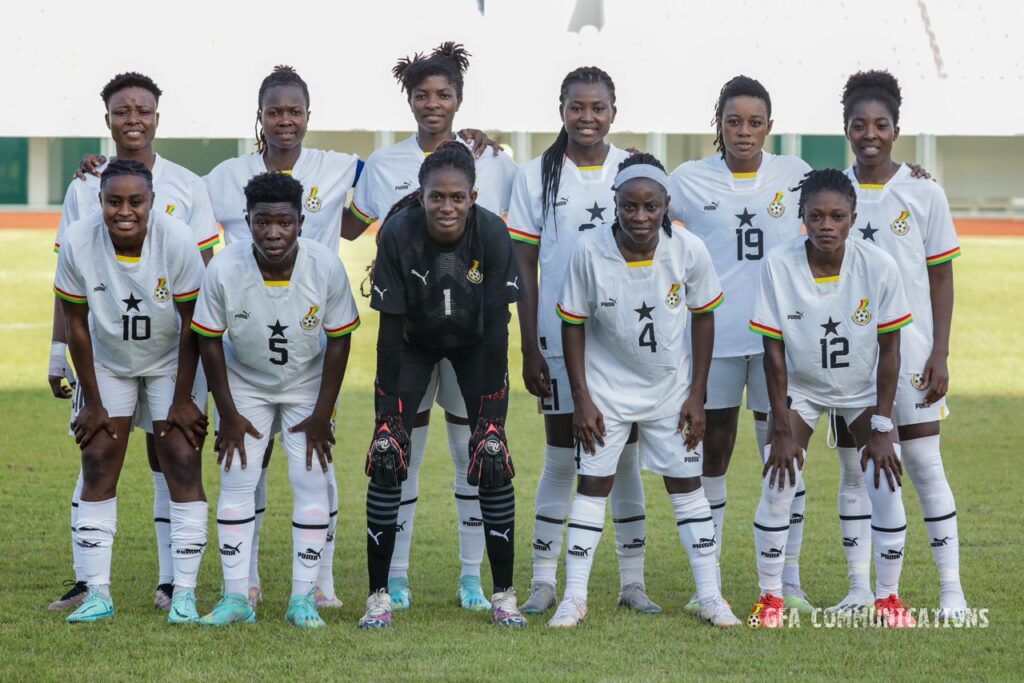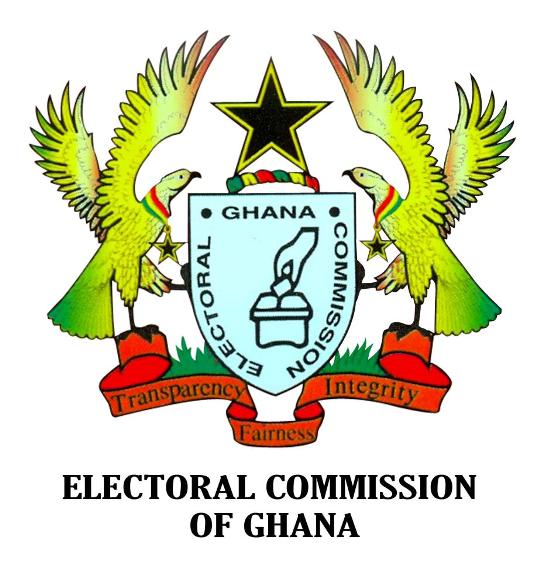
Ghana’s long-term local and foreign currency issuer ratings have been upgraded by Moody’s Ratings to Caa2, from Caa3 and Ca.
Published on Moody’s website on Friday, October 11, 2024 the rating agency has also changed Ghana’s outlook to positive, from stable.
The recent debt treatment which has been described as extensive is the main driver of the upgrade to Caa2, Moody explained, adding that the debt treatment has provided meaningful relief to government’s finances.
“We have concurrently upgraded Ghana’s local and foreign currency senior unsecured MTN program ratings to (P)Caa2, from (P)Caa3 and (P)Carespectively, as well as assigning a Caa2 rating to the senior unsecured instruments issued as part of the debt exchanged on 9 October, 2024,” Moody’s announcement said.
DEBT RESTRUCTURE
The government restructured domestic and external debts in 2022, as part of seeking relief through the G20 common framework for debt treatment.
Following the exercise, along with the debt service moratorium imposed during the negotiation period, the government’s debt burden has been reduced from a peak of 93% of GDP in 2022 to an expected 81% in 2024.
According to Moody’s, the positive outlook reflects the potential for liquidity risk to ease amid ongoing fiscal consolidation efforts supported by an IMF programme. It adds that should the risk factors dissipate, Ghana’s rating could migrate to a higher level.
While acknowledging that Ghana’s institutional credibility has weakened due to financial difficulties, Moody’s expressed optimism about the country’s institutional strength to turn around its current financial challenges and improve its credit conditions relatively fast, despite recent setbacks.
The Agency is also hopeful that the programme with the IMF should help strengthen policy credibility and foster Ghana’s access to low-cost funding from official sector sources.
RATINGS RATIONALE
Explaining the basis for the ratings, Moody’s said the comprehensive debt restructuring provided “meaningful relief” to the government’s financial burden, which is the primary reason for upgrading the country’s ratings.
Ghana’s debt treatment, initiated in December 2022 under the Common Framework, has covered 55% of the total debt outstanding at that time. A 37% haircut on principal was applied to most Eurobonds, representing 20% of total debt.
The remainder, composed of local currency debt (excluding Treasury Bills) and debt owed to bilateral official-sector creditors, was restructured earlier through a combination of lengthening of maturities and lowering of coupon rates.
To support financial stability, the government used a Financial Stability Fund to support domestic financial institutions participating in the exchange.
“We expect government debt will continue to decline, albeit at a more gradual pace, as government resumes paying interest and principal on all its debts. Moreover, foreign exchange risk remains significant with close to half of the government debt denominated in foreign currency,” Moody’s said in the statement.
POSITIVE OUTLOOK
Giving the rationale for the positive outlook, Moody’s noted that it reflects the potential for liquidity risk to ease amid ongoing fiscal consolidation efforts supported by an IMF programme.
The Agency said that gradual disinflation and fiscal improvements raise the prospect of a normalisation in interest rates for local currency debt.
In addition, official-sector funding could strengthen amid Ghana’s IMF programme, which combined with robust gold exports recently, contributing to the prospect of a relatively stable currency.
According to Moody’s, notwithstanding the challenge brought by the economic crisis and debt restructuring, the quality of Ghana’s institutions still exceeds that of most of its rated peers.
The Agency based this assessment on what it described as the comparatively swift and transparent handling of the debt restructuring, saying that it “lends credibility to the authorities.”
FC CEILING
Meanwhile, Moody’s has also revised up by one notch Ghana’s local currency (LC) and foreign currency (FC) country ceilings to B2 and B3respectively, from B3 and Caa1, mirroring the upgrade of the sovereign local currency ratings by one notch.
However, Moody’s said that “no action was taken on outstanding debt instruments; we expect to withdraw those ratings when the obligations are no longer outstanding.”
The post Ghana’s economy looks positive –Moody’s appeared first on The Ghanaian Chronicle.
Read Full Story

















Facebook
Twitter
Pinterest
Instagram
Google+
YouTube
LinkedIn
RSS